The Unspoken Rules of Your Microwave (From a Pro Who’s Seen the Worst)
I’ve spent more years than I can count as an appliance technician, and let me tell you, I’ve seen the inside of more microwaves than most people will see in a lifetime. I’ve been called out for everything from a wonky turntable to a full-on, smoke-billowing internal fire. And you know what the most common culprit is? It’s almost never a faulty part. It’s usually a simple, honest mistake—something popped inside that had no business being there.
In this article
- First, How Does This Magic Box Even Work?
- The Big One: Why Metal Is a Microwave’s Mortal Enemy
- The Deal with Plastics: It’s Complicated
- 5 (PP – Polypropylene). This is what most reusable food containers and yogurt tubs are made of. It has a high heat tolerance. Even so, I’d avoid heating super oily or sugary foods in it, as they can get hotter than the plastic can handle, increasing the risk of chemicals leaching out. Use with Caution:
- 4 (LDPE). These are usually milk jugs or plastic wraps. They aren’t really designed for reheating food. Heck No:
- 3 (PVC),
- 7 (Other). Just avoid these entirely for microwaving. This group includes water bottles (
- 6), and other mystery plastics (
- The Hidden Dangers in Takeout and Paper Goods
- The Explosion Zone: Sealed Items and Superheated Water
- How to Know if Your Dishes Are Safe (The Pro Test)
- What to Do If You See Sparks: An Emergency Plan
- Your 60-Second Microwave Safety Audit
- Inspiration:
My job isn’t just about fixing the machines; it’s about showing people how to avoid breaking them in the first place. So think of this as the user manual I wish came with every single microwave. We’re not just going to list what’s forbidden. We’re going to dive into why these things are a bad idea. Understanding the tech is the first step to mastering it.
First, How Does This Magic Box Even Work?
Before we get into the no-no list, let’s quickly cover what’s happening inside the box. A regular oven uses heating elements to warm up the air, cooking your food from the outside in. A microwave is a whole different ballgame.
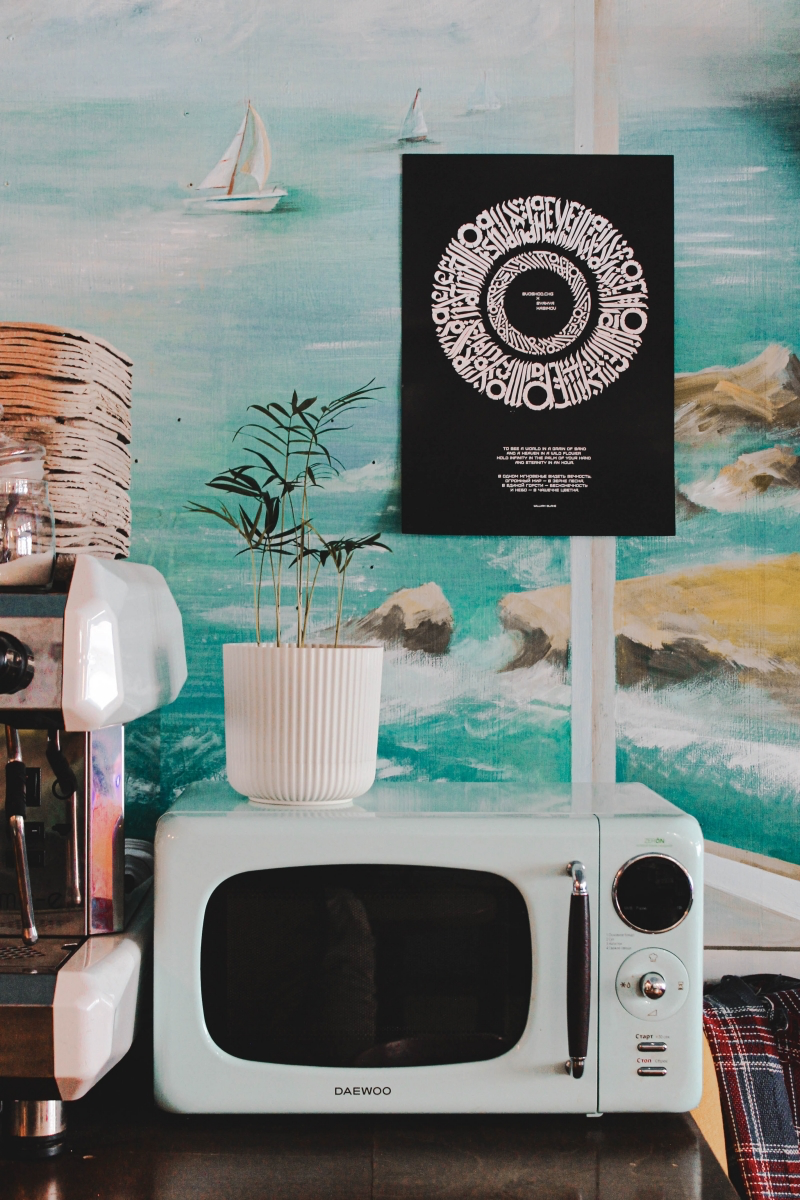
Deep inside your microwave, a part called a magnetron shoots out—you guessed it—microwaves. These invisible waves are specifically tuned to get water, fat, and sugar molecules excited. They cause these molecules to vibrate at an incredible speed, basically rubbing against each other millions of times a second. All that friction creates heat, cooking your food from the inside out (or, more accurately, everywhere at once). It’s an incredibly efficient way to heat things, but that efficiency comes with some very strict rules.
The Big One: Why Metal Is a Microwave’s Mortal Enemy
Metal surfaces don’t absorb microwaves; they reflect them. This is bad news for two reasons. First, all those reflected waves can bounce right back to the magnetron, causing it to overheat and burn out. That’s the heart of your machine, and replacing it is almost never worth the cost. Seriously, you can expect a magnetron repair to run you anywhere from $150 to $250, while a decent new microwave often starts around $80. The math just isn’t there.
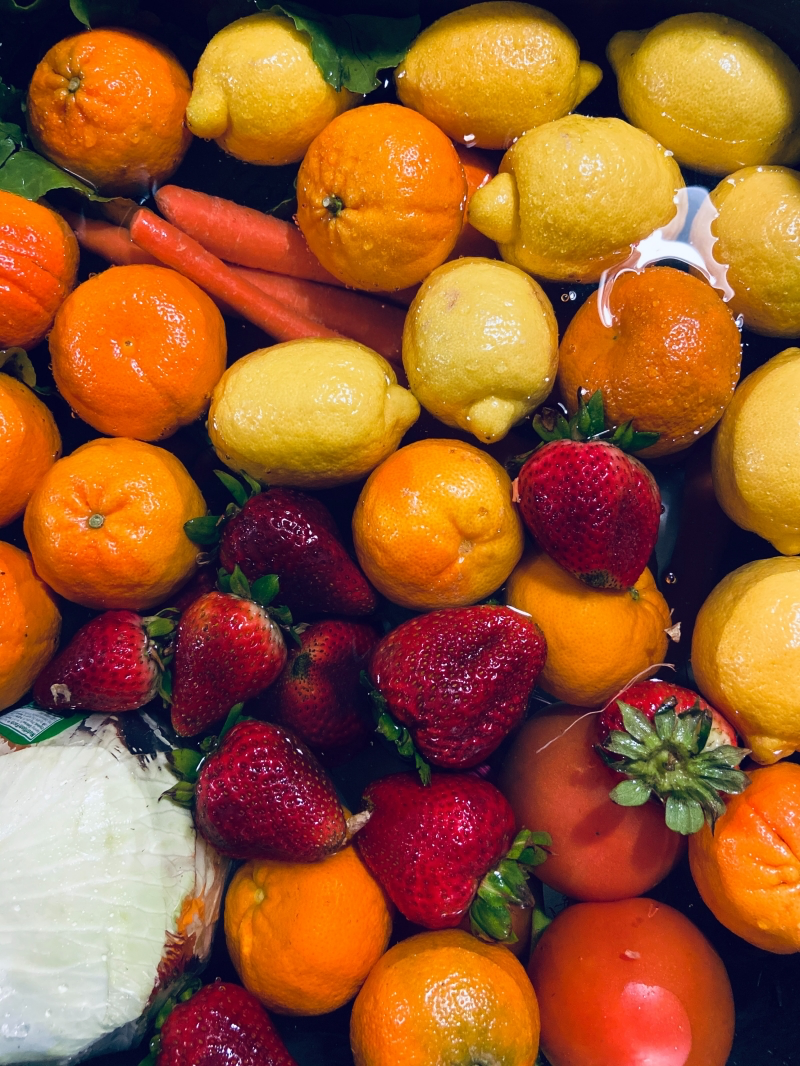
The second problem is way more dramatic: arcing. This is literally a lightning storm inside your microwave. If a piece of metal is crumpled or has sharp edges, electrical charges build up on those points. When the charge gets high enough, it jumps to another part of the metal or the oven wall with a loud ZAP and a bright flash of light. I’ve seen arcing burn clean holes through the interior walls, ruining the appliance and creating a very real fire risk.
So, What Counts as Metal? (More Than You Think)
- Aluminum Foil: People always ask if they can use a little foil to shield food. While some fancy manuals might give you a complex set of rules for doing this, my professional advice is simple: just don’t. A crumpled piece of foil is an arcing machine waiting to happen. I once saw a microwave with a fried control board because someone forgot their burrito was still wrapped in foil. It was a very expensive burrito.
- Twist Ties: Those little things on bread bags? They have a sneaky little wire inside. Keep them out.
- Utensils: It sounds obvious, but you’d be surprised how often a fork gets left on a plate. It will cause immediate and violent sparks.
- Stainless Steel Travel Mugs: Not only are they metal, but the vacuum insulation also stops the liquid inside from even getting hot. A total lose-lose situation.
- Dishes with Metallic Trim: This is a sneaky one. That pretty gold or silver ring on your fancy plates or old coffee mugs is actual metal. It will arc and spark, permanently damaging the trim and potentially your microwave.
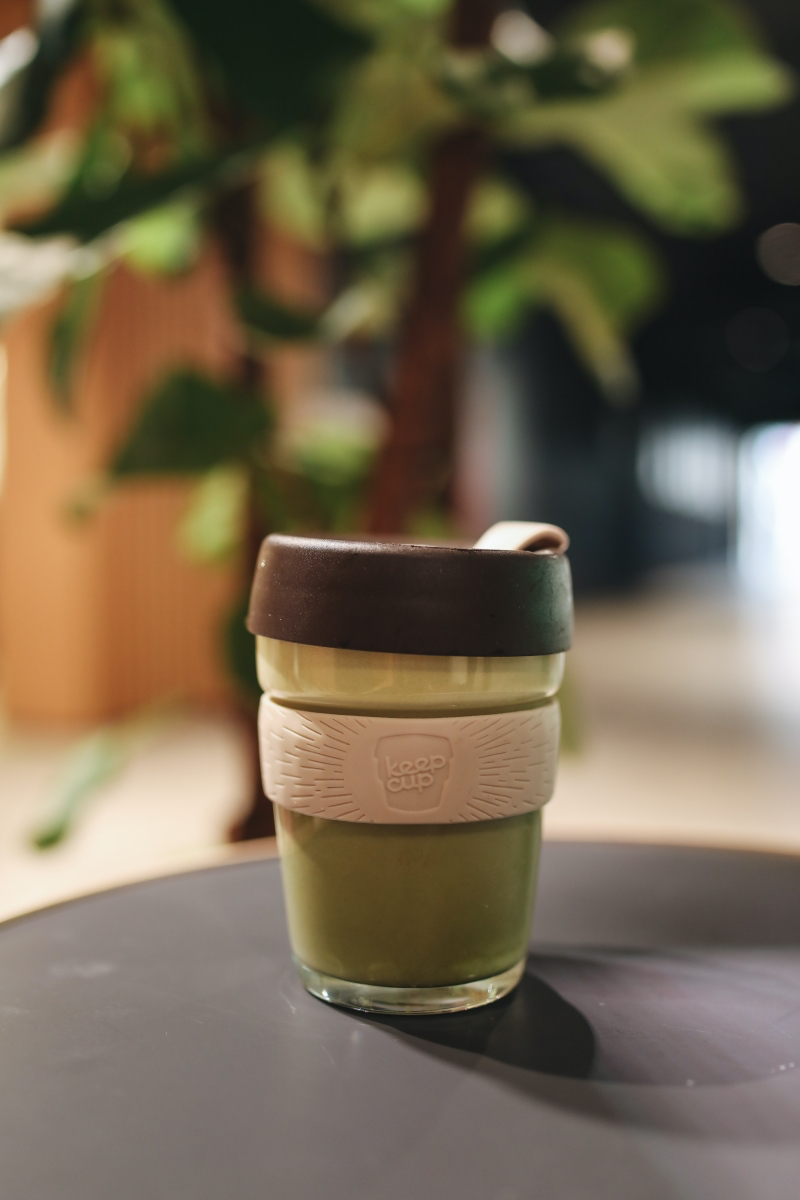
The Deal with Plastics: It’s Complicated
Okay, this is where most people get confused. Some plastics are fine, while others can melt and leach nasty chemicals into your food. The label “microwave-safe” simply means the container itself won’t melt under normal use. It’s a statement about durability, not necessarily about chemical safety.
A good rule of thumb is to look at the little recycling number on the bottom. Here’s a quick breakdown, no confusing charts needed:
- Your Safest Bet is
5 (PP – Polypropylene).
This is what most reusable food containers and yogurt tubs are made of. It has a high heat tolerance. Even so, I’d avoid heating super oily or sugary foods in it, as they can get hotter than the plastic can handle, increasing the risk of chemicals leaching out. - Use with Caution:
2 (HDPE) &
4 (LDPE).
These are usually milk jugs or plastic wraps. They aren’t really designed for reheating food. - Heck No:
1 (PETE),
3 (PVC),
6 (PS – Polystyrene), &
7 (Other).
Just avoid these entirely for microwaving. This group includes water bottles (1), takeout containers and Styrofoam (
6), and other mystery plastics (
7) that can contain things like BPA. They can warp, melt, and release chemicals you don’t want anywhere near your lunch.
Honestly, my pro-level advice is to make it simple: just use glass or ceramic. It’s the safest and easiest solution. I always tell friends and family to grab a set of Pyrex or Anchor Hocking glass containers. A good starter set will only run you about $25 to $40 at places like Target or Walmart, and they’ll last forever.
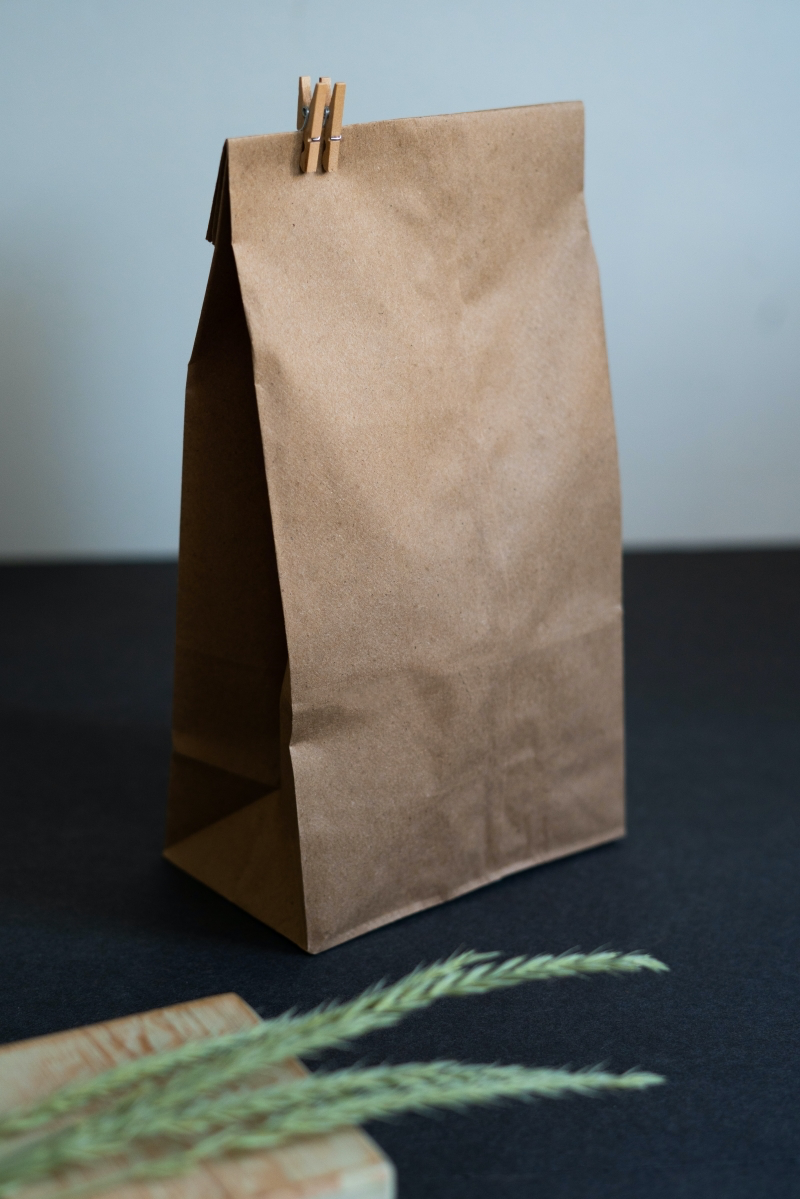
The Hidden Dangers in Takeout and Paper Goods
That innocent-looking paper or Styrofoam container is hiding a few secrets.
A brown paper bag, for example, is a fire hazard. The recycled fibers can contain tiny metal flecks that spark, and the glues can release fumes. Styrofoam is even worse; it can literally melt into your food, releasing chemicals. Always, always, always transfer your leftovers to a real plate or bowl.
And those classic Chinese takeout cartons? They’re a triple threat. They might have a thin plastic coating that melts, hidden staples, or even those thin metal wire handles. It takes ten seconds to move the food to a plate—a small price for safety.
The Explosion Zone: Sealed Items and Superheated Water
One of the most startling things a microwave can do is make food explode. This happens when steam builds up inside something faster than it can escape.
- Whole Eggs: Never, ever do this. The shell creates a perfect pressure cooker, and the egg will explode with incredible force. Worse, it might wait until you take it out and explode in your hand or face, causing serious burns.
- Potatoes, Squash, Hot Dogs: Anything with a skin or casing needs to be vented. Just poke it a few times with a fork. This gives the steam a safe way to get out.
- Hot Peppers: This is a weird one. Microwaving a hot pepper vaporizes the capsaicin (the stuff that makes it spicy). When you open the door, you get a blast of what is essentially pepper spray to the face. Trust me, you don’t want to experience this.
- The Hidden Danger of Superheated Water: This is a genuinely serious risk. A microwave can heat pure water in a clean ceramic or glass mug past its boiling point without any bubbles forming. The water is incredibly unstable. The danger comes when you disturb it. Adding a spoon of sugar, a tea bag, or even just bumping the mug can cause the entire thing to erupt violently, sending scalding water everywhere. To prevent this, always leave a wooden skewer or chopstick in the water while heating. The rough surface gives the bubbles a place to form safely.
Quick Tip: If you do have a food explosion, cleaning it is easy. Just put a bowl with 1 cup of water and a tablespoon of white vinegar inside. Microwave it for 3-5 minutes until it’s steamy. The steam will loosen all the caked-on gunk, and you can just wipe it clean.
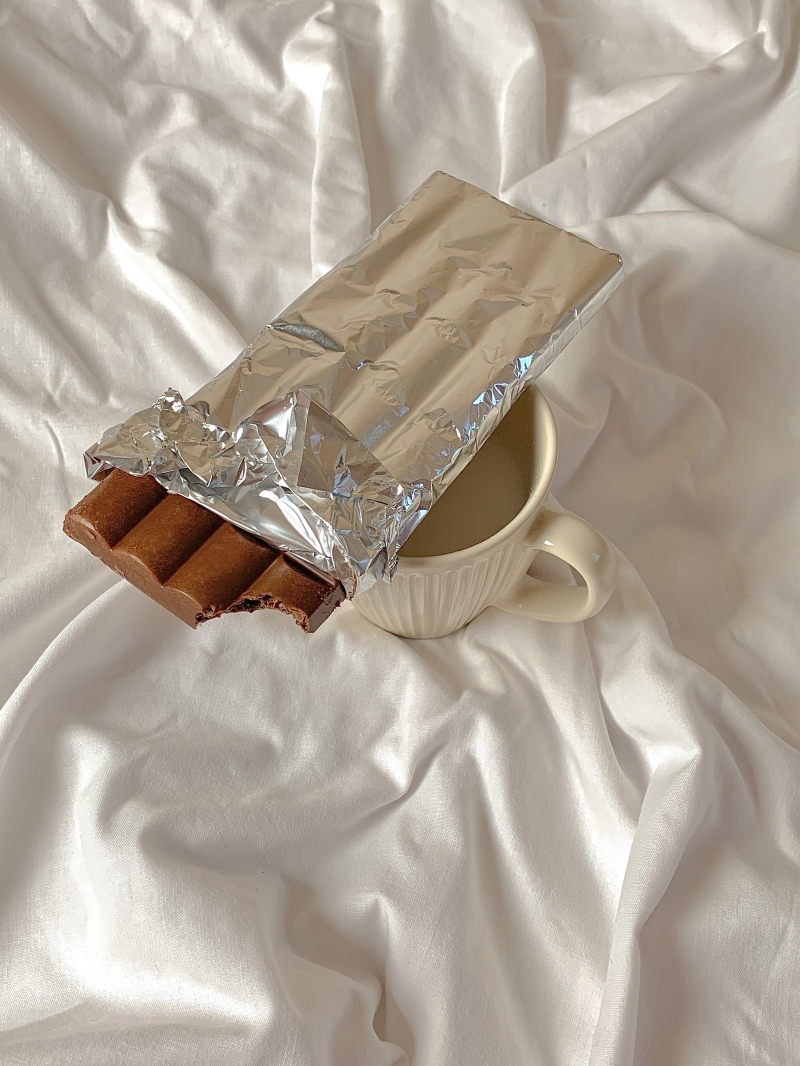
How to Know if Your Dishes Are Safe (The Pro Test)
Have a cabinet full of random pottery or vintage plates? Some older ceramic glazes, especially brightly colored ones, can contain lead. Microwaving can cause that lead to leach into your food.
Here’s a simple test to see if a dish is microwave-safe:
- Place the empty dish you want to test inside the microwave.
- Next to it, place a glass or mug that you know for a fact is microwave-safe, and fill it with water.
- Microwave them together on high for one minute.
- Now, carefully touch both. If the empty dish is hot, it’s absorbing microwave energy and is NOT safe for the microwave. If it’s cool and the water in the other mug is hot, you’re good to go!
By the way, if you’re worried about lead in vintage dishes, you can grab a home lead-testing kit at a hardware store for about $10. It’s cheap peace of mind. And always toss any cracked or chipped dishes—trapped water in the cracks can turn to steam and cause the dish to shatter.
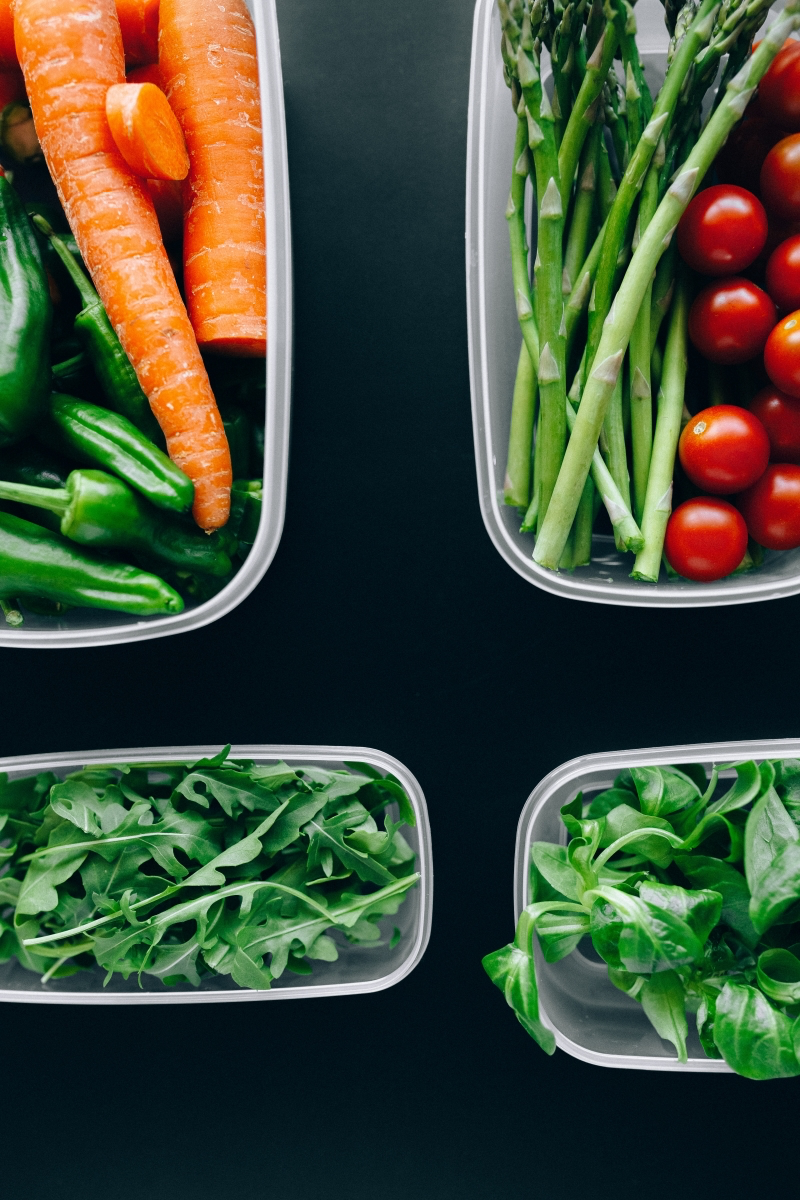
What to Do If You See Sparks: An Emergency Plan
If things go wrong and you see sparks or fire, don’t panic. Just follow these steps:
- Keep the door closed! This contains the fire and cuts off its oxygen supply. Opening the door is the worst thing you can do.
- Press the STOP button and immediately unplug the microwave.
- Wait for any internal fire to go out on its own. If it doesn’t, or if smoke becomes excessive, use a fire extinguisher.
- Do not use the microwave again until it’s been checked by a professional.
Oh, and one last thing: never run your microwave empty. The microwaves need something to be absorbed by. With nothing inside, they bounce back to the magnetron and can burn it out in a hurry. It’s a quick way to turn your appliance into a boat anchor.
Your 60-Second Microwave Safety Audit
Ready to put this knowledge to use? Go take a quick look at your microwave and your most-used dishes right now.

- Does your favorite coffee mug have a metallic-looking rim?
- Is your go-to leftover plate chipped or cracked?
- Are there any takeout containers in your fridge you were planning to nuke later?
Spending a minute checking these things can save you from a costly repair or a dangerous accident. When in doubt, always choose the safer option—it’s just not worth the risk.
Inspiration:
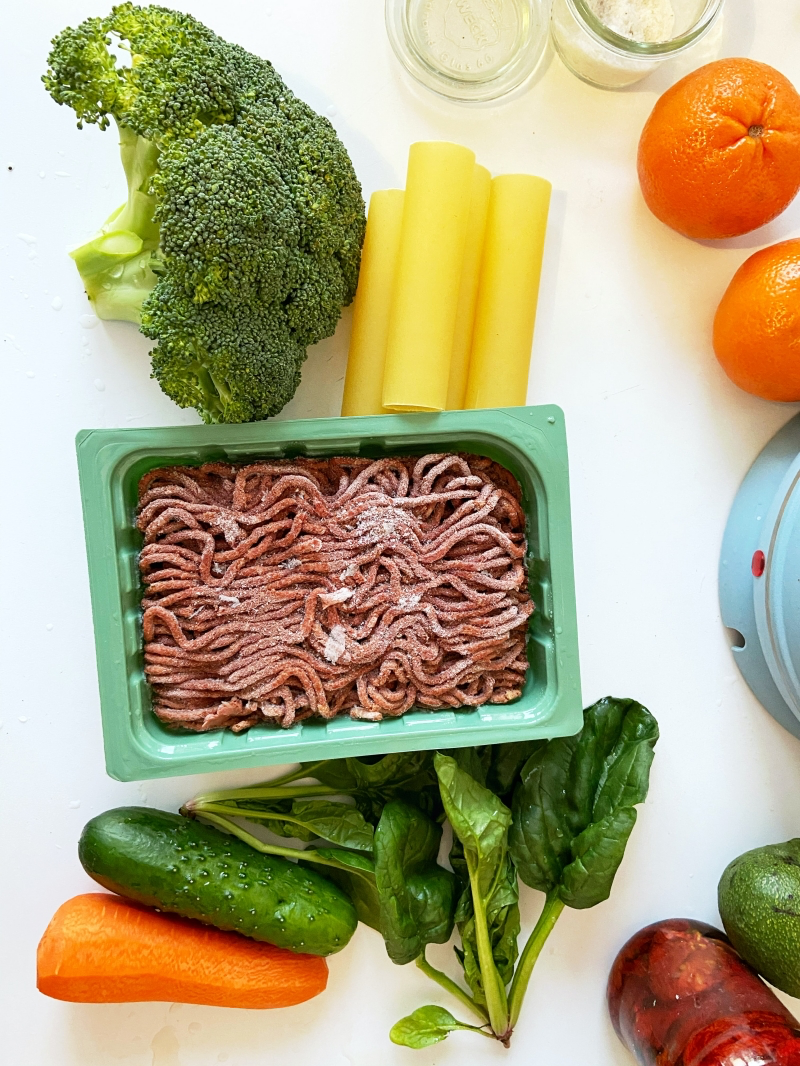
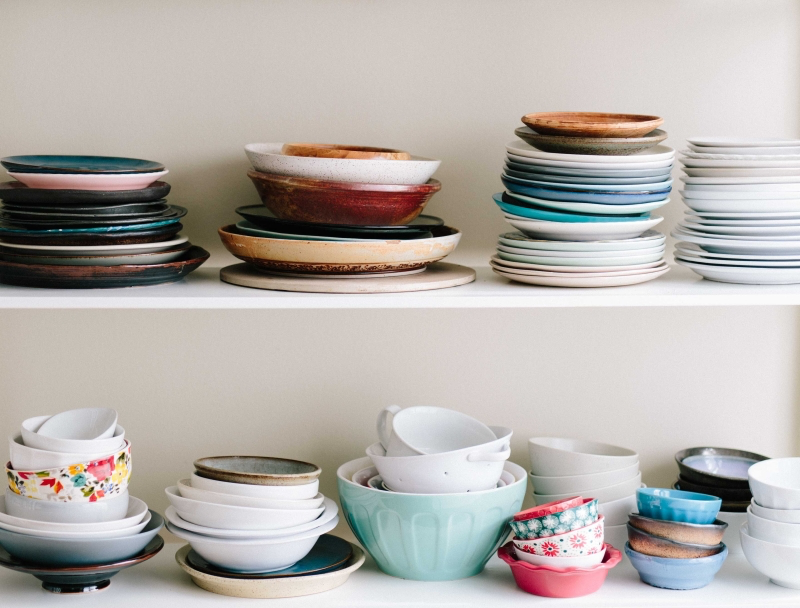
Did you know? The average kitchen sponge can harbor more fecal bacteria than a toilet seat.
But your microwave is the surprising hero for sanitizing it. To eliminate over 99% of germs, simply saturate your non-metallic sponge with water (this is crucial, as a dry sponge can catch fire!), place it in the microwave, and heat it on high for one to two minutes. Let it cool before handling, as it will be extremely hot. It’s a quick, effective way to keep your cleaning tools genuinely clean.
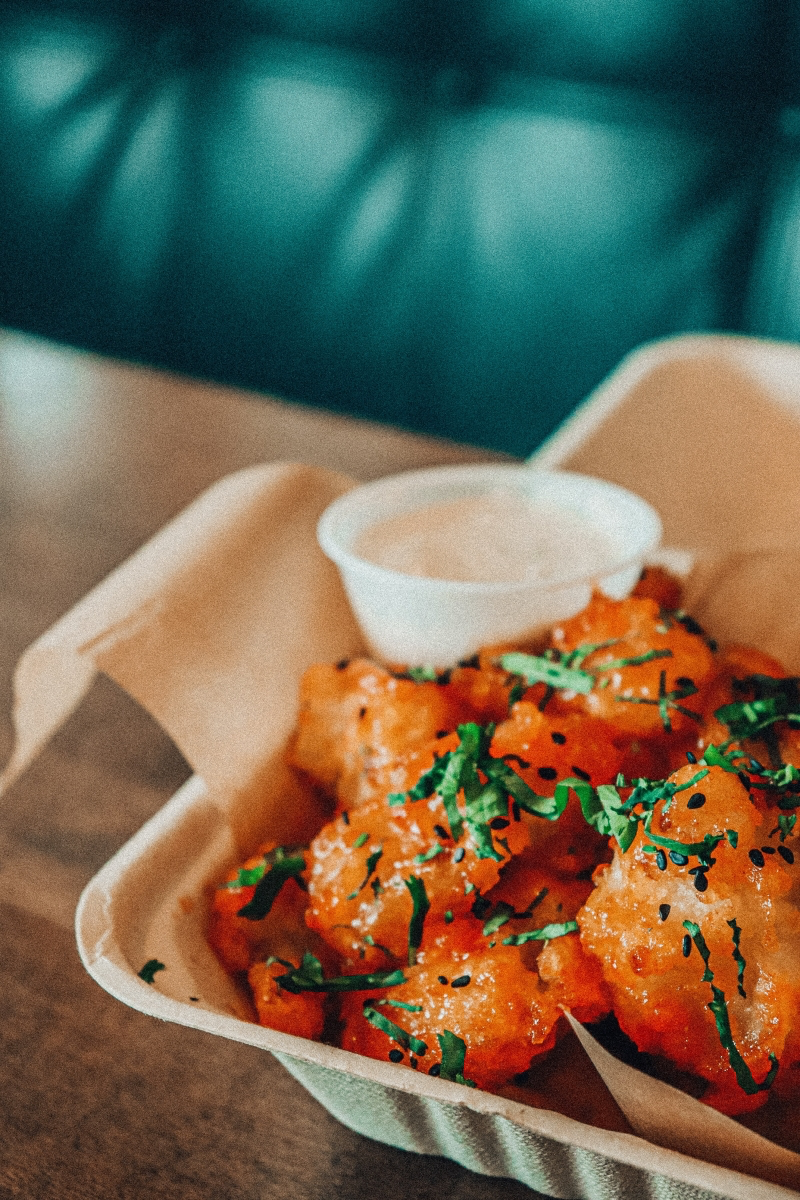
The modern dilemma: Glass vs. Silicone containers?
Borosilicate Glass: Think classic Pyrex or Duralex. This is the gold standard for purity. It’s non-porous, so it won’t absorb food odors or stains. It heats evenly and you can often take it straight from the freezer to the microwave without fear of shattering. Its main downside is its weight and bulk.
Food-Grade Silicone: Brands like Stasher or Zip Top have revolutionized microwaveable storage. It’s lightweight, flexible, and collapsible, making it a space-saver. Perfect for steaming vegetables or reheating soups. Just ensure it’s 100% platinum-grade silicone and BPA-free. For pure heating performance, glass often wins, but for versatility and storage, silicone is a game-changer.
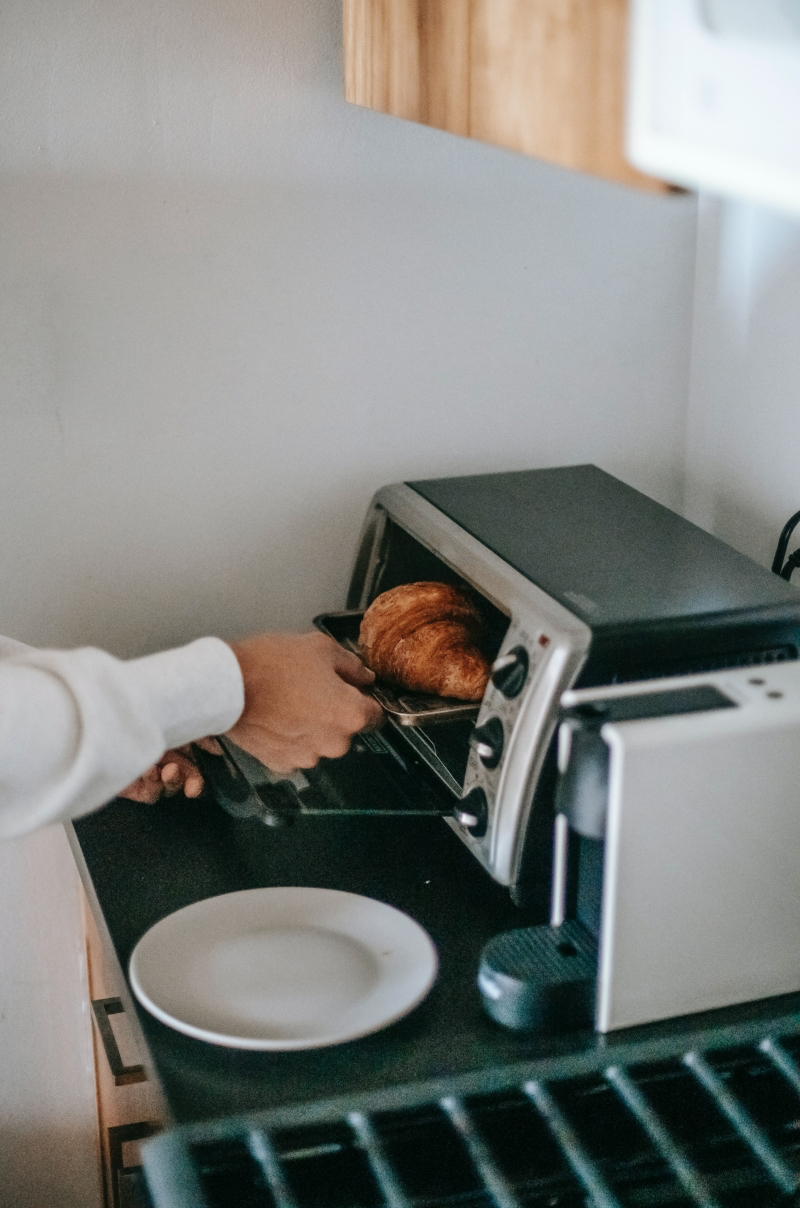
- Effortlessly wipes away stubborn, caked-on food splatters.
- Neutralizes lingering odors from fish, garlic, or burnt popcorn.
- Avoids harsh chemicals, using only natural ingredients.
The secret? A simple kitchen steam bath. Fill a microwave-safe bowl with one cup of water and add several tablespoons of white vinegar or the juice and rinds of a lemon. Microwave on high for 3-5 minutes, until the liquid is boiling and the window is steamy. Let it sit with the door closed for another 5 minutes, allowing the steam to loosen all the grime. Then, just wipe the inside clean with a cloth.
An appliance technician’s #1 pet peeve: Never, ever run a microwave when it’s empty. Without food or liquid to absorb the energy, the microwaves have nowhere to go but back to the magnetron that created them. This can quickly cause the magnetron to overheat and burn out, effectively destroying the most critical and expensive part of the appliance. It’s the fastest way to turn your convenience machine into a useless box.










